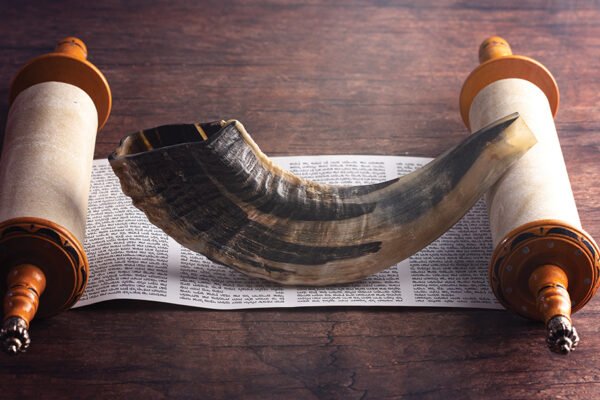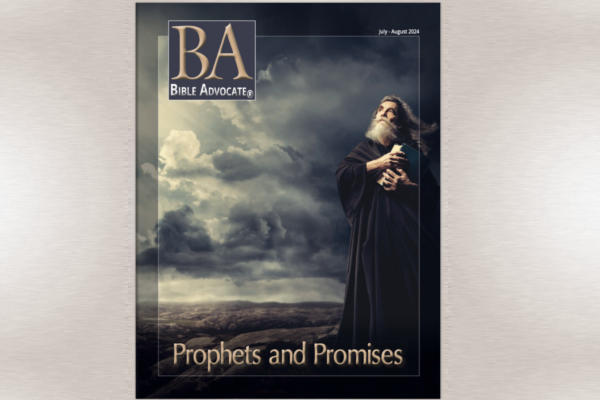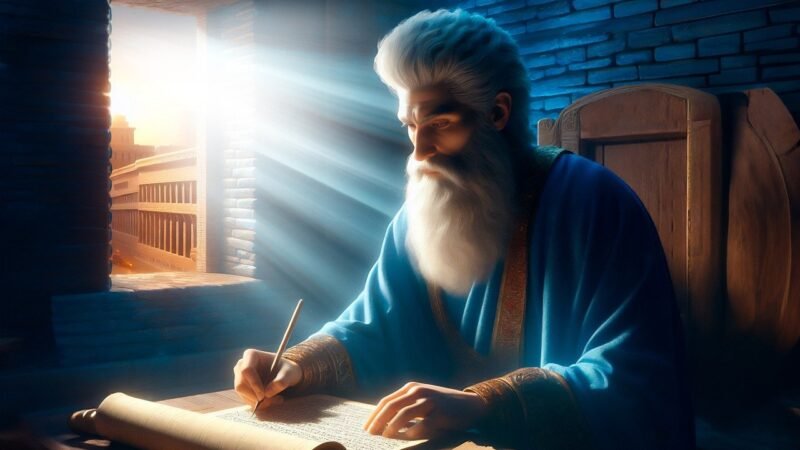The Old Testament is rife with symbols, types, and prophecies that point to the life, death, and resurrection of Jesus Christ. But as Paul notes in his second letter to the Corinthians, those references often are obscure and less than obvious.
Referring to the veil with which Moses covered his face after receiving the Ten Commandments (Exodus 34:29, 33), Paul states, “For until this day the same veil remains unlifted in the reading of the Old Testament, because the veil is taken away in Christ” (2 Corinthians 3:14).
The Passover
Living on this side of Calvary, we can appreciate more fully the teaching of the Pentateuch than could the contemporaries of Moses. Consider, for example, the institution of the Passover. In the last of the ten plagues, God took the lives of all the firstborn in Egypt (Exodus 12:12). The exception was that when the blood of a sacrificial lamb was sprinkled on the lintel and doorposts, “the Lord [passed] over the door and [did] not allow the destroyer to come into your houses to strike you” (v. 23).
This was a foreshadowing of Christ’s provision of salvation for those who trust in Him, as well as a warning to those who choose not to believe. How blessed are we who, having had the veil removed, understand more fully God’s plan of salvation.
Crossing the Red Sea
Another example of the veiled revelation of God’s divine purposes for His people is the Israelites’ escape from bondage in Egypt and eventual entrance into the Promised Land. Faced by the waters of the Red Sea in front and the pursuing forces of Pharaoh behind, the children of Israel found themselves in an impossible situation. They were without hope, but on that day they learned a lesson of trust: “By faith they passed through the Red Sea as by dry land, whereas the Egyptians, attempting to do so, were drowned” (Hebrews 11:29). Paul likened this to Christian baptism (1 Corinthians 10:1, 2).
The Bronze Serpent
Perhaps the most striking veiled teaching from the Old Testament is the story of the bronze serpent.
And the people spoke against God and against Moses: “Why have you brought us up out of Egypt to die in the wilderness? For there is no food and no water, and our soul loathes this worthless bread.” So the Lord sent fiery serpents among the people, and they bit the people; and many of the people of Israel died (Numbers 21:5, 6).
The Israelites repented and asked Moses to seek a remedy from the Lord. The Lord told Moses to make a bronze serpent and put it on a pole. Whoever had been bitten and looked upon it was healed (vv. 8, 9).
Surely this was a veiled reference to the sacrificial death of Jesus: “And as Moses lifted up the serpent in the wilderness, even so must the Son of Man be lifted up” (John 3:14). But why would God heal and save by a serpent, a symbol of Satan and evil?
Christ Unveiled!
The unveiled answer is that Christ, who knew no sin, became sin for us (2 Corinthians 5:21). Amazing! The holy Son of God actually became sin in order that we might be saved!
Thank God for the wonderful, inspired books of the Old Testament. But thank Him even more that in Christ, the living Word, the veil has been lifted.






